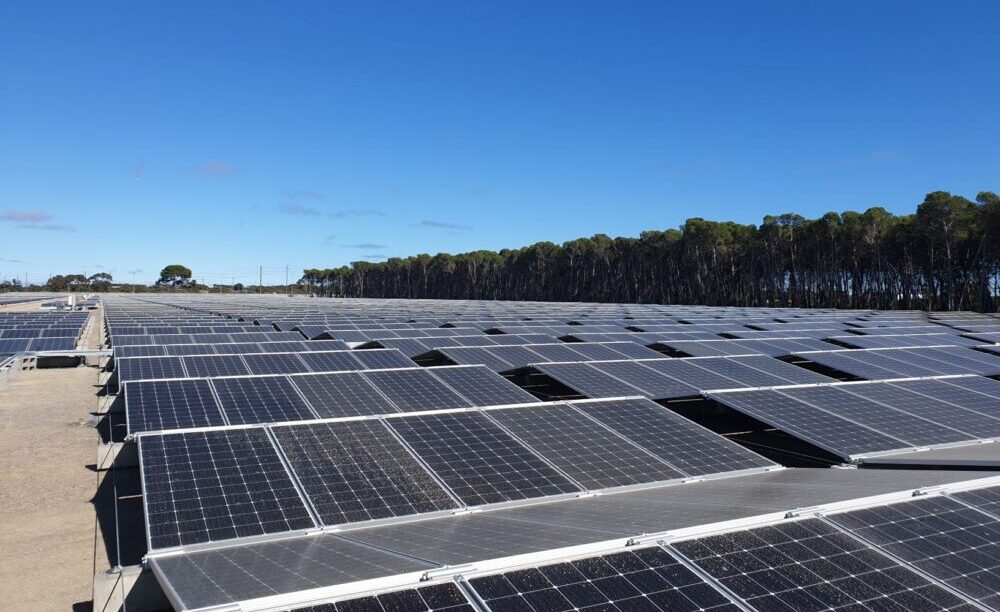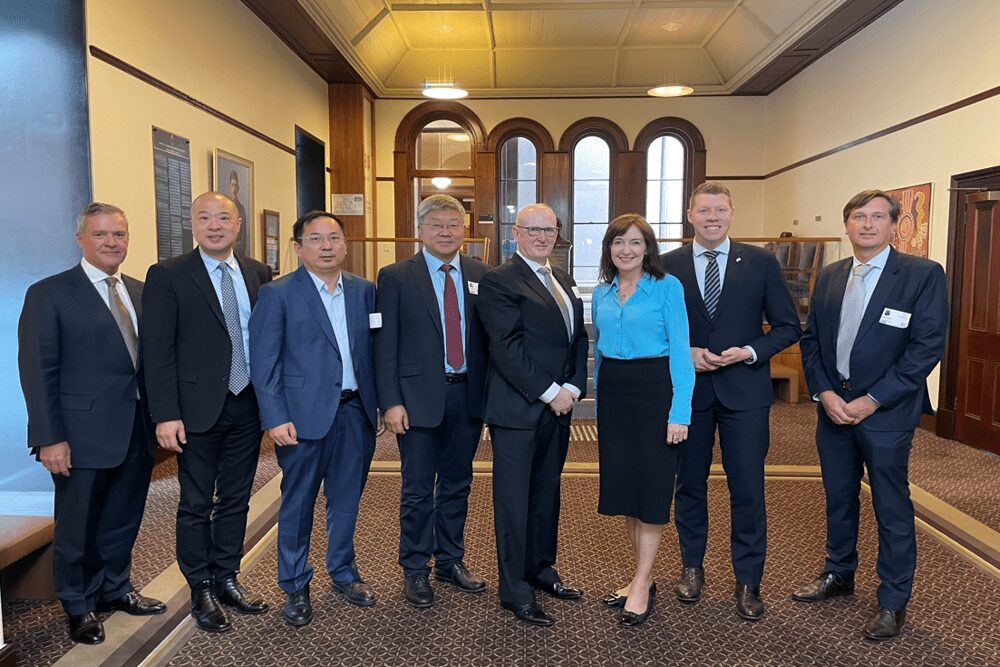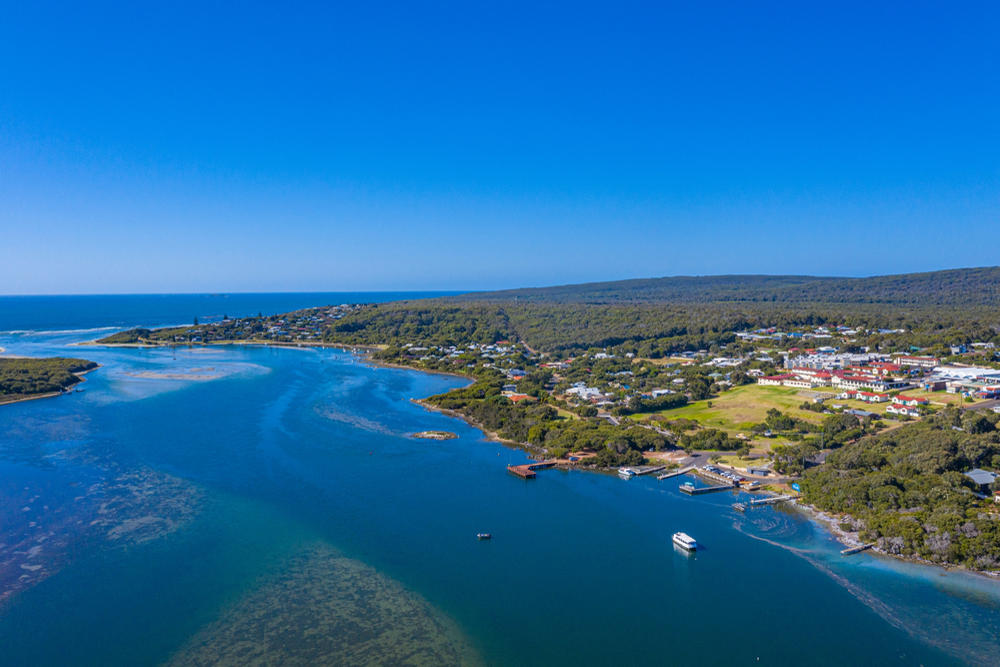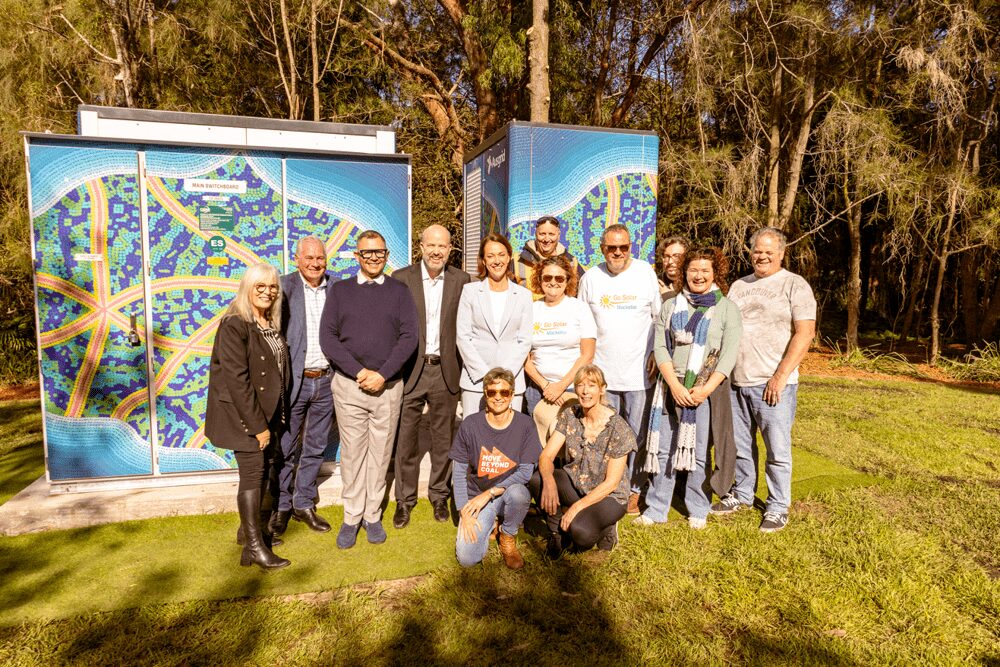
More than 350,000 solar panels have now been installed across South Australia as part of SA Water’s nation-leading Zero Cost Energy Future project to help lower costs and reduce carbon emissions.
In a major milestone for the $300 million project, all of the 367,769 solar photovoltaic panels have been installed at 33 SA Water treatment plants and pump stations across metropolitan and regional areas – creating 250 jobs during construction.
This includes 30,000 solar photovoltaic panels at Happy Valley Reservoir which is now the world’s largest fully moveable solar array.
South Australian Minister for Environment and Water, David Speirs, said the achievement proves South Australia continues to be a leader in renewable energy.
“The Zero Cost Energy Future project is an ambitious project to install more than 350,000 solar panels across South Australia to offset SA Water’s electricity needs, help lower costs and reduce emissions,” Minister Speirs said.
“This includes 30,000 re-deployable solar panels – the largest array of its kind in the world – now at Happy Valley Reservoir.”
“With the ability to generate almost double the energy needs of the nearby Happy Valley Water Treatment Plant, on-site battery storage will complement the solar panels allowing energy to be stored and also released back to the market,” he said.
“With all solar panels now installed and 24 sites fully commissioned and connected to the National Electricity Market, SA Water and its partners are finishing the remaining connections, when the true benefits of this exciting renewable project will shine.”
“Once connected to the grid the solar panels will slash SA Water’s electricity costs and produce enough green energy to power 50,000 homes.”
At Happy Valley, the local community was heavily involved in the planning for the site so the solar panel project is visually sympathetic to the natural environment.
SA Water Senior Manager of Zero Cost Energy Future, Nicola Murphy, said the utility’s energy costs reached $86 million last year.
“The energy generated from solar photovoltaic panels will be used or stored on our sites to reduce our reliance on the volatile grid, without compromising on the performance of our assets,” Ms Murphy shared.
“We can also create an added revenue stream by selling any excess solar energy back to the national grid, where it can be used across Australia.”
“Just like how thousands of South Australians use solar panels at home, we’re capitalising on some of our physical assets to work harder for us while still performing their vital functions of delivering trusted water and wastewater services,” she said.
“This solar initiative was created by our own people, and clearly demonstrates South Australians leading the way to integrate renewable energy and proactively reduce the impacts of climate change.”
Water stored in the Happy Valley Reservoir is treated at the nearby Happy Valley Water Treatment Plant, which produces clean and safe drinking water to more than 40 per cent of SA Water customers across metropolitan Adelaide.











